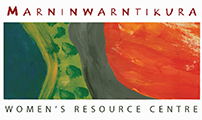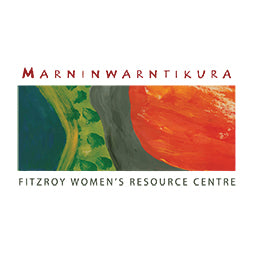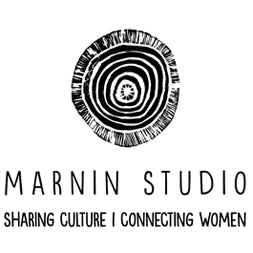Our Culture
Our Culture
The Fitzroy Valley is a culturally complex area which includes Bunuba, Nyikina, Gooniyandi, Walmajarri and Wangkajunga language speakers. The Indigenous peoples of the Fitzroy Valley continue to live rich and contemporary lives which are connected to their traditional lands and culture. It is this connection which continues to form the Valley’s strong sense of community, family and intergenerational connectedness.
The lived experience of Indigenous peoples living in the Fitzroy Valley is deep and broad. Intergenerational and early life traumas have been the experience of many since the 1880s when the Kimberley was first colonised. Yet despite this, Indigenous peoples living throughout the Fitzroy Valley continue to live and be connected to their cultures, languages and lands, as has been the case for many tens of thousands of years. This continuous connection is a deep source of pride, strength and resilience.
In order for Indigenous people to maintain cultural and land-owning connections they made the difficult decision to move onto cattle stations and become part of an Australia-wide indentured labour force. They were simultaneously absorbed into the world of white station owners and continued to travel their countries remaining connected to family and cultural practices. In the late 60s and early 70s, with the enforcement of equal wages, Indigenous people left the cattle stations on mass. Fitzroy Crossing, a small settlement of approximately 300 people, exploded to a population of 2000 in a matter of months.




